
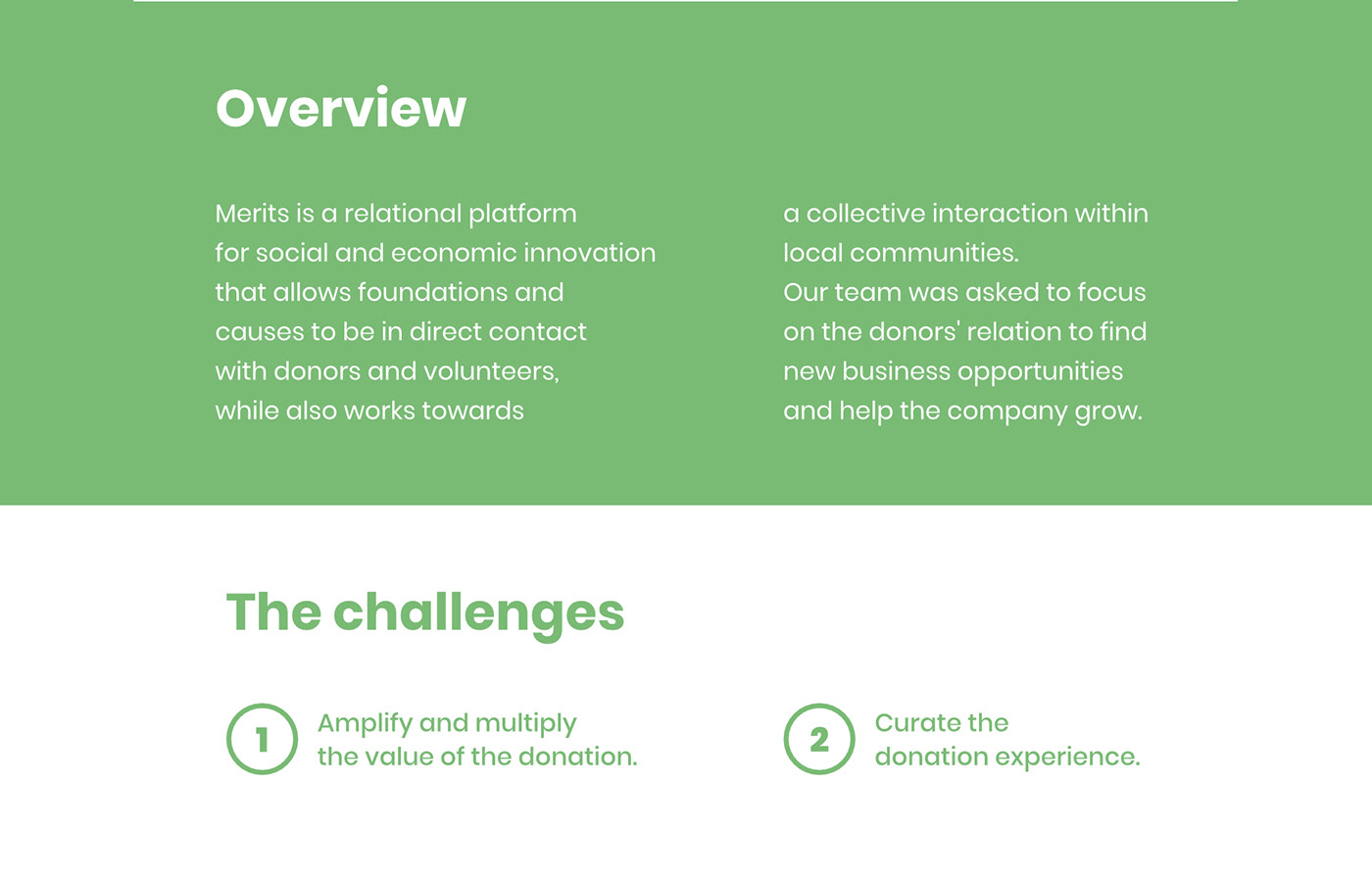
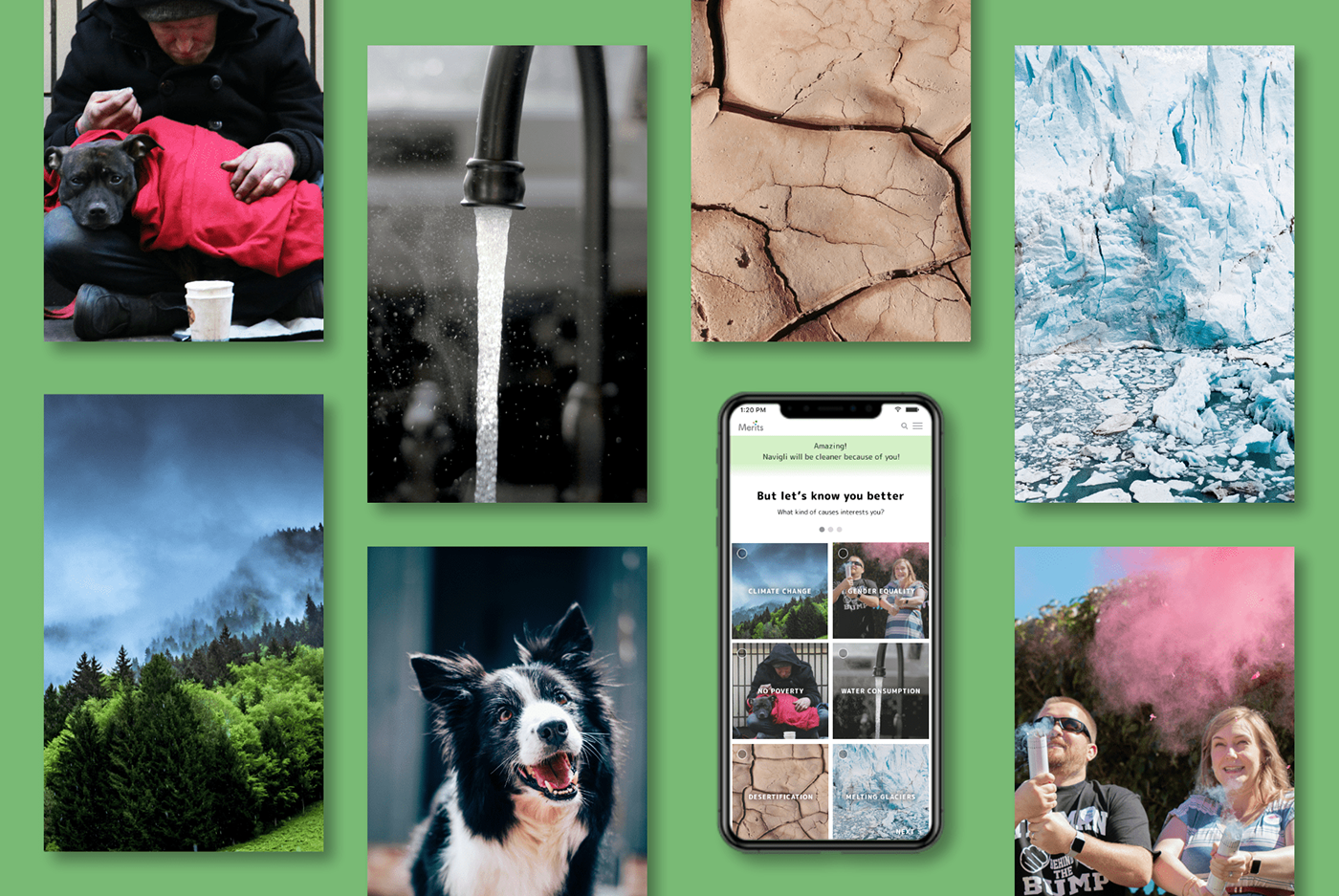
Team and tasks
Our team of international strategists was composed of two communication designers, one business consultant, one project manager, and one social designer. This holistic backgrounds helped us to have a more comprehensive view of the context and the possibilities around us. We conducted researches and analysis, and we defined the concept that led us to design the experience that can be pursued through the app.
Our main activities were:
1. Customers Insights & Ideation
2. Build of the Project Vision
3. Planning and Scope Definition
4. Design Execution and Prototyping
1. Customers Insights & Ideation
2. Build of the Project Vision
3. Planning and Scope Definition
4. Design Execution and Prototyping

Design Process
We started our activities focusing on the research, in order to understand the context and the user behaviors. When you approach a new project, it's important to forget your bias; you should listening to the stakeholder to understand what they really need and design the best solution for them. And this is what we have done.
After collecting the information and found patterns in the insights, we discovered some interesting clusters that we used to define our concept.
The deep understanding of the users helped us to go ahead easily in our process: it was crucial to develop realistic scenarios, and to design a user experience that can be interesting for the donors, fitting at the same time in the business expectation.
We finished our journey defining the app more in detail, understanding the user flow and focusing on the features, on the wireframe, and on the prototyping.

We conducted interviews with regular donors, and we decided to investigate these topics:
— Donation History.
— Motivations & Expectations.
— Experience & Pain Points.
— Loyalty.
— Recognition.
— Donation History.
— Motivations & Expectations.
— Experience & Pain Points.
— Loyalty.
— Recognition.
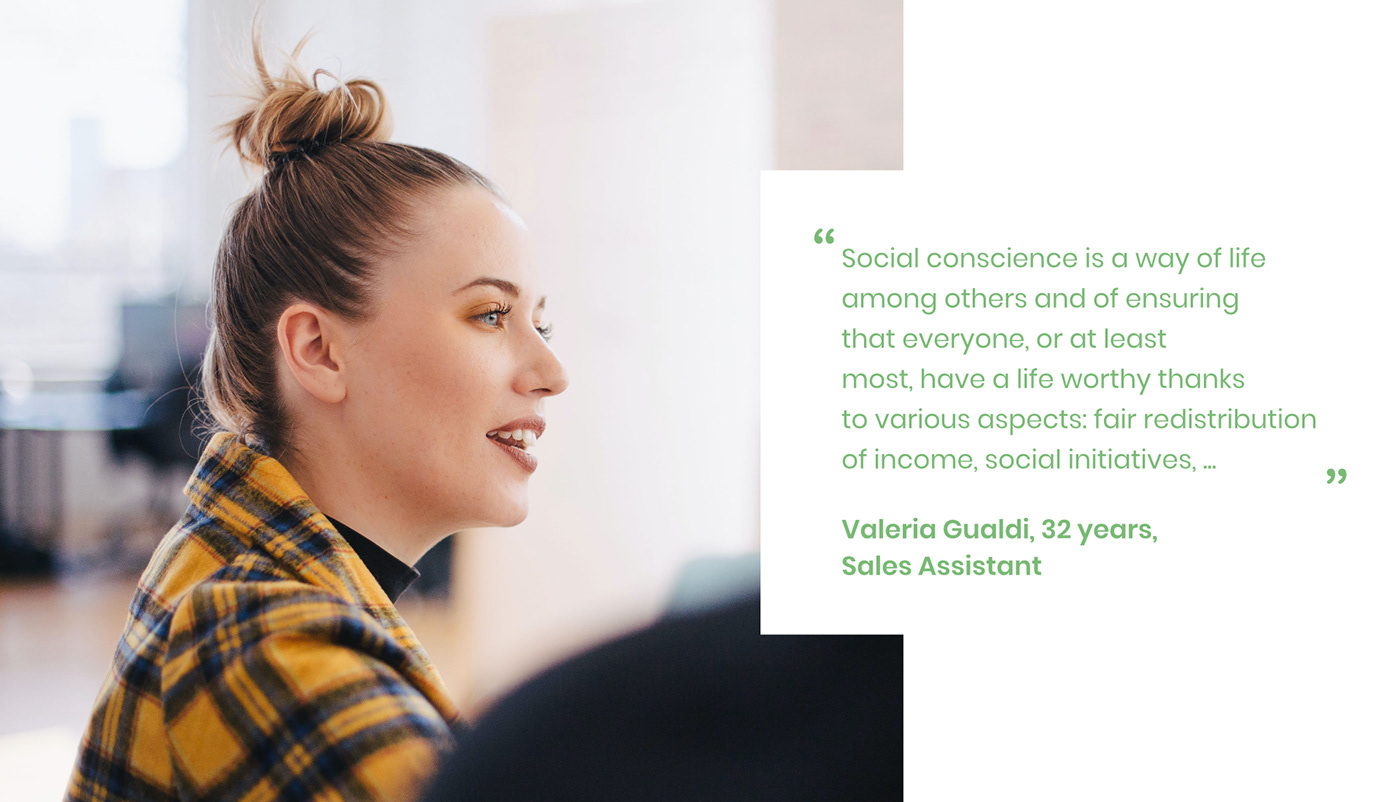
Each conversation lasted about 45', and this allows us to understand the basic needs of our possible users. Analyzing the most interesting insights we discovered there are two types of possible users, and — accordingly — we structured two personas: "The Active Donor" and "The Passive Donor".
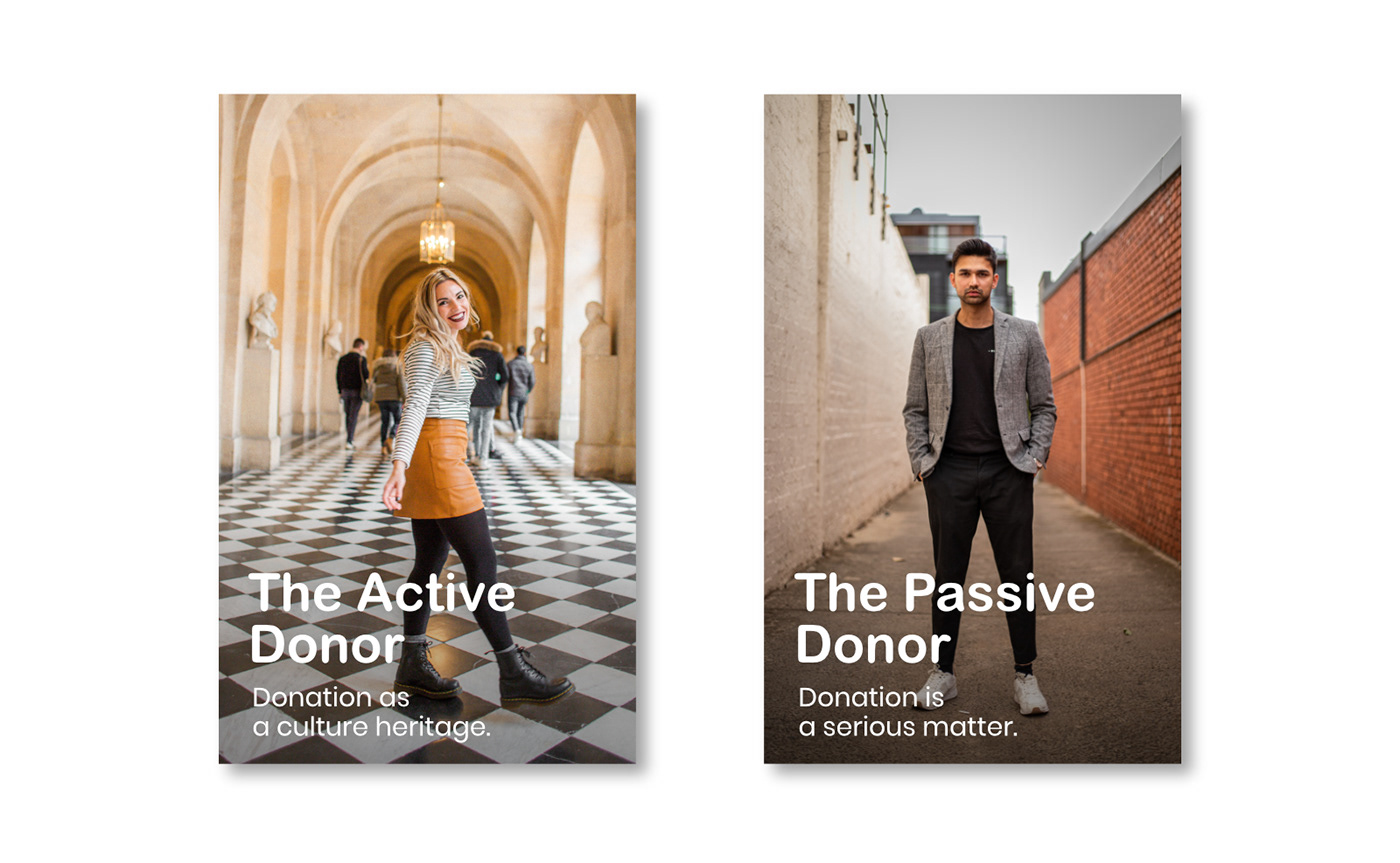
While the active ones want to take their time looking for the right institutions to collaborate with, the passives don't want to make a lot of effort, and prefer an easy way to donate. But there are also some overlapping in these two personas: both don't care for rewards of any type, and they like to know where the money is allocated.
Of course, their identities are more structured, and they have more needs and pain points that we can highlight, but these are the essential bases of our two main insights: people need a trust-expedient and engagement-driven experience increases stickiness and returns.
What we discovered led us to define our concept and value proposition, which could also fit to other stakeholders: Merits as a trust-activator.
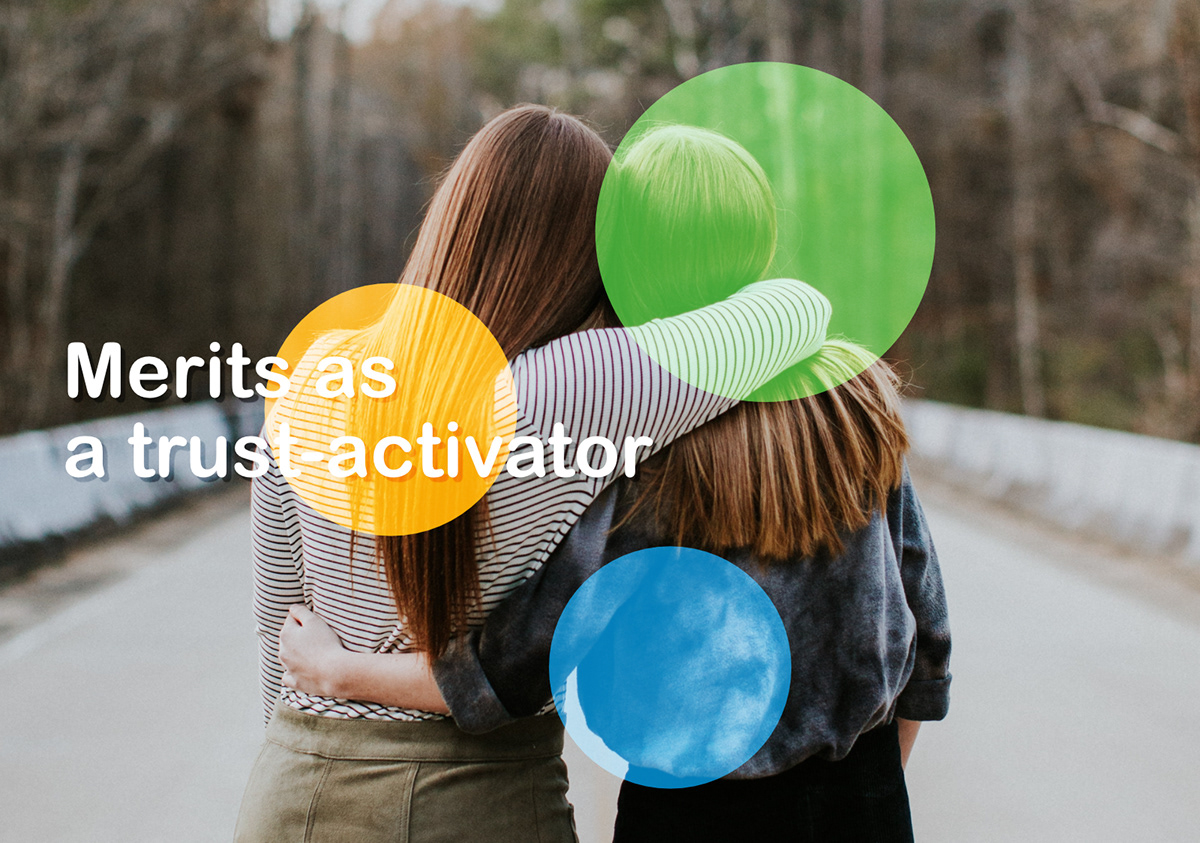
In order to understand and create a solution that relieves the pain points, we developed a series of possible scenarios for our users to use the Merits platform to meet their needs.

We explored the user flow, and we defined the features of the app, finalizing our work with the creation of the wireframe and the prototype, focusing on the social interaction side of the platform, with the customization of the interests of the user, and the feed of the community.

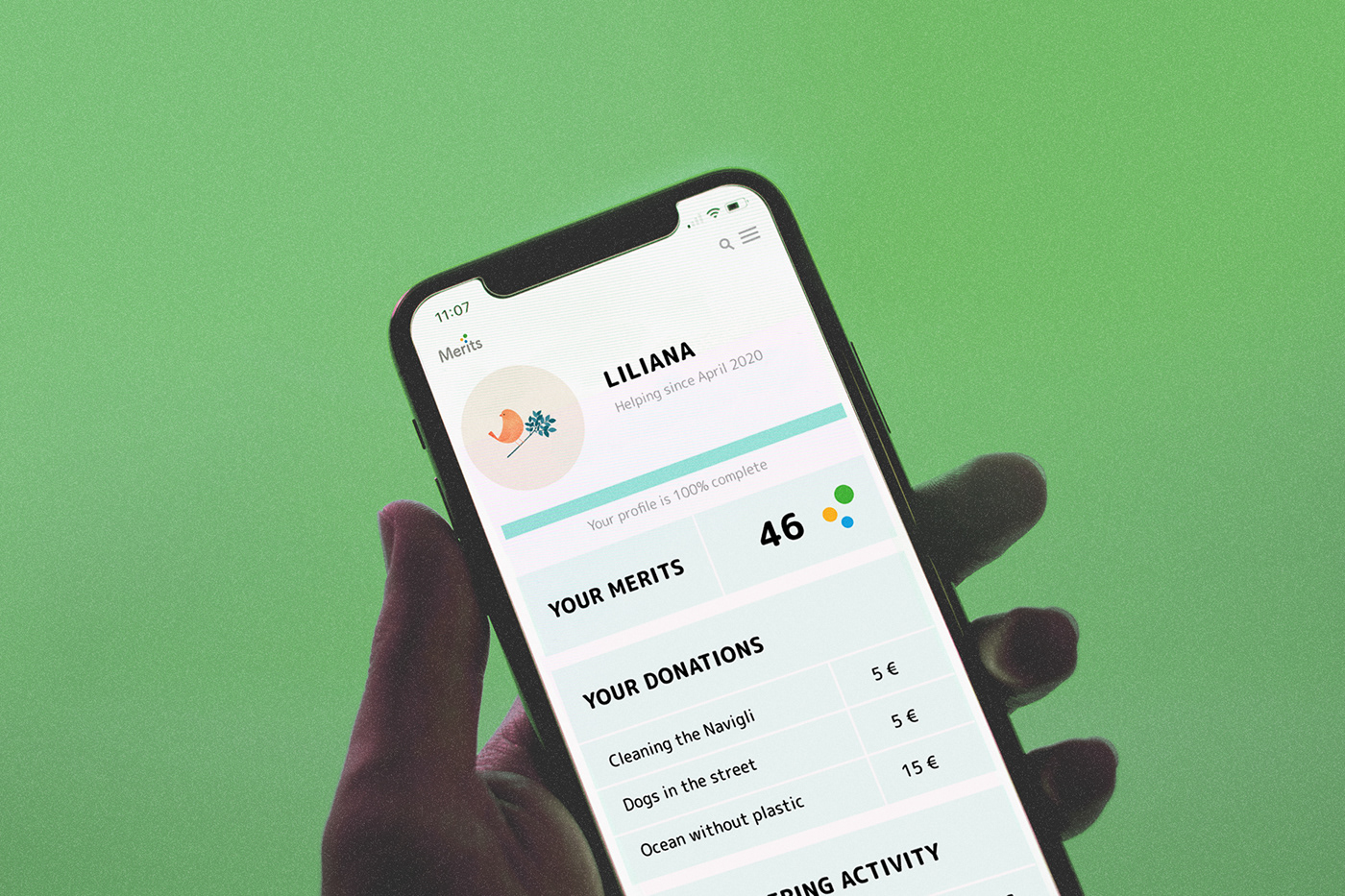
✌️
Thanks for watching!
Don't forget to appreciate, comment and follow.

